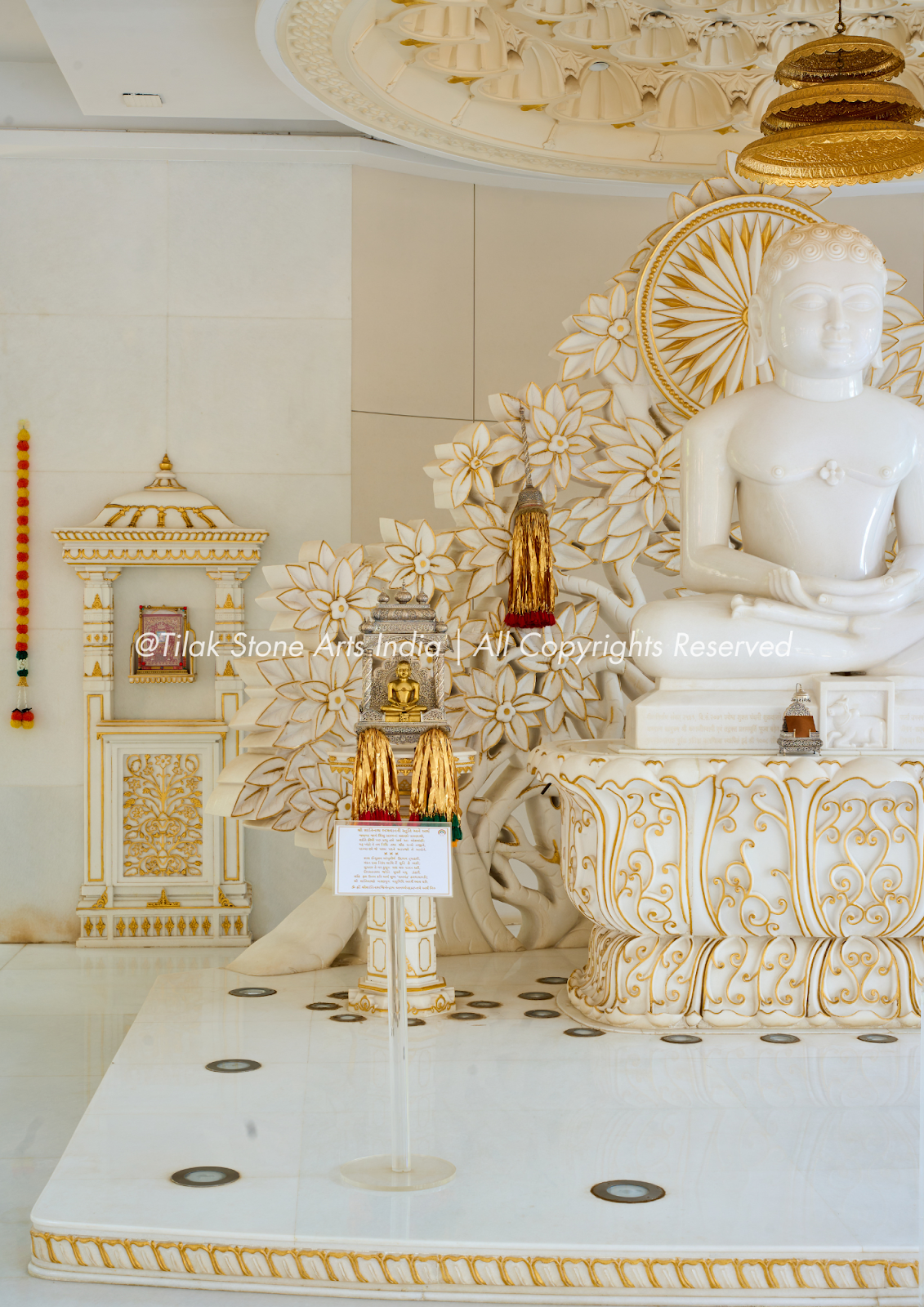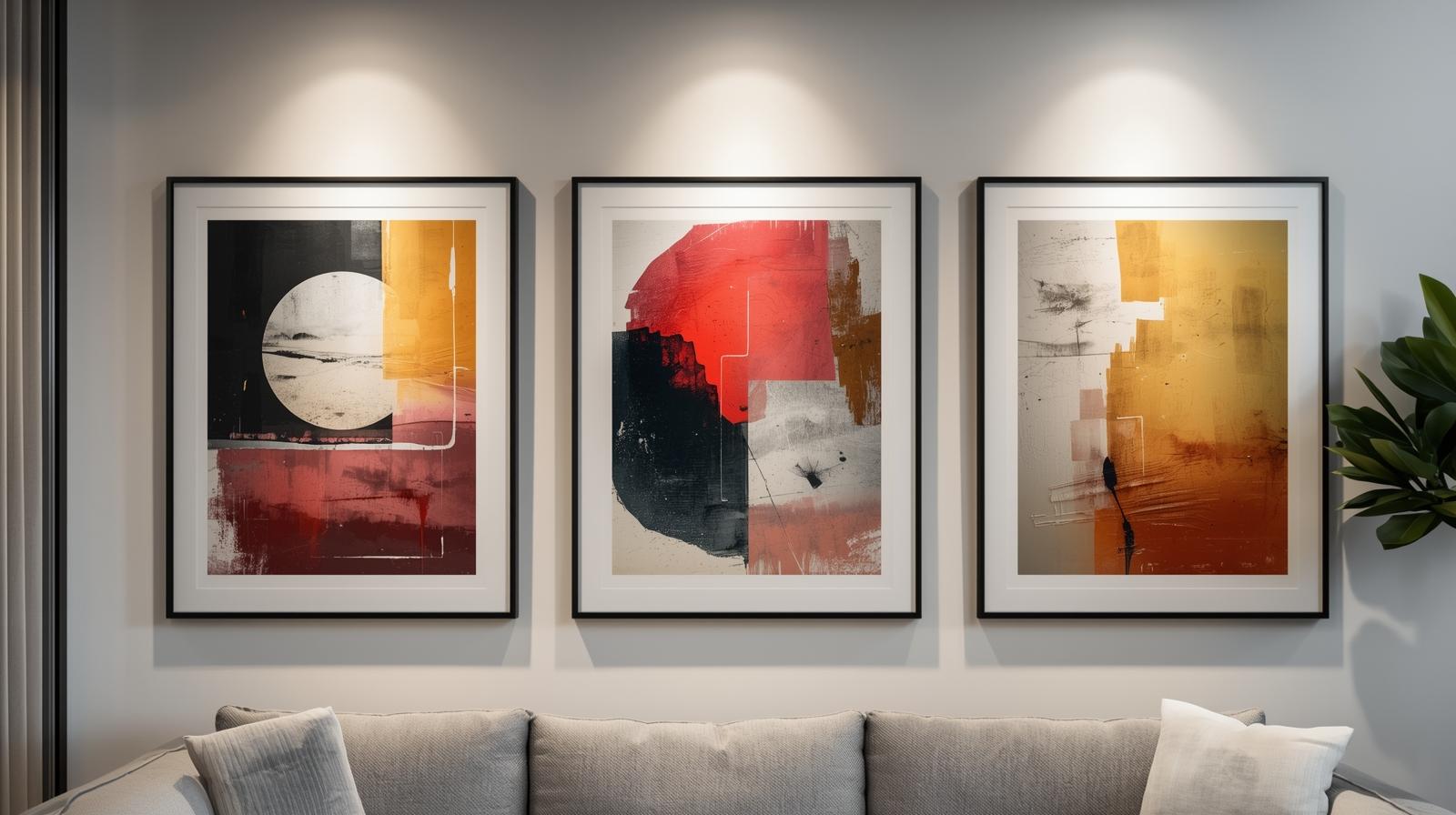Creating a sacred space within your home represents one of the most meaningful investments you can make in your spiritual journey. The process of designing a large temple requires careful consideration of both traditional elements and personal preferences. When you embark on this transformative journey, you’re not simply purchasing a piece of furniture – you’re crafting a sanctuary that will serve generations of your family.
The decision to install a big mandir for home worship opens up extraordinary possibilities for customisation that smaller alternatives simply cannot offer. These magnificent structures provide the canvas needed for intricate detailing, expansive storage solutions, and comprehensive religious symbolism. The sheer scale allows for artistic elements that would be impossible in compact designs, creating a truly immersive spiritual environment that commands reverence and inspires devotion.
Understanding the Scope of Customisation
Architectural Integration: Harmonising Sacred and Secular Spaces The most successful large temple installations seamlessly blend with existing home architecture whilst maintaining their distinct spiritual character. Professional designers evaluate your home’s structural elements, ceiling heights, and spatial flow to create a design that feels naturally integrated rather than imposed. This careful consideration ensures that your temple becomes a focal point that enhances rather than overwhelms your living space.
Material Selection: Beyond Traditional Boundaries
Vietnam White Marble stands as the premier choice for temple construction, offering unparalleled purity and spiritual significance. This exceptional material provides the perfect foundation for intricate carvings and detailed work that will remain pristine for decades. The natural variations within Vietnam White Marble ensure that each temple possesses unique character whilst maintaining the classical aesthetic that temples demand.
Design Philosophy and Spiritual Significance
Sacred Geometry: The Foundation of Divine Architecture Traditional temple design relies heavily on sacred geometric principles that have guided spiritual architecture for millennia. These mathematical relationships create spaces that naturally promote meditation and prayer through their inherent harmony. Professional designers understand these principles and incorporate them into modern interpretations that respect ancient wisdom whilst accommodating contemporary living requirements.
Deity Placement: Creating Sacred Hierarchies The arrangement of deities within a large temple requires extensive knowledge of religious protocols and regional traditions. Each deity’s position carries specific meaning and must be carefully planned to ensure proper spiritual flow throughout the space. This complexity increases significantly with larger temples, where multiple deities can be accommodated according to family traditions and personal devotional practices.
Personalisation Through Religious Symbolism
Family Traditions: Honouring Ancestral Practices Every family brings unique religious traditions that should be reflected in their temple design. Whether following specific regional customs, particular sect requirements, or family-specific rituals, these elements must be thoughtfully integrated into the overall design. The collaborative process between families and designers ensures that these personal touches enhance rather than compromise the temple’s spiritual authenticity.
Cultural Motifs: Connecting Heritage and Devotion The incorporation of specific cultural motifs allows families to maintain connections with their ancestral heritage through their daily worship practices. These design elements might include regional architectural styles, traditional colour schemes, or specific symbolic representations that hold particular meaning. The key lies in balancing these personal elements with classical temple design principles to create a cohesive spiritual environment.
Practical Considerations for Large Temple Design
Storage Solutions: Organising Sacred Items Large temples offer unprecedented opportunities for integrated storage that keeps religious items organised and easily accessible. Purpose-built compartments can accommodate everything from daily worship items to seasonal decorations and special occasion requirements. These storage solutions must be designed with both functionality and aesthetic appeal in mind, ensuring that practical elements don’t detract from the temple’s spiritual atmosphere.
Lighting Design: Creating Atmospheric Depth Proper lighting transforms a temple from a mere decorative element into a truly immersive spiritual environment. The interplay between natural and artificial lighting sources creates depth, highlights intricate carvings, and establishes the reverent atmosphere essential for meaningful worship. Professional lighting design considers both practical illumination needs and the emotional impact of different lighting scenarios throughout the day.
Technological Integration: Modern Convenience in Sacred Spaces Contemporary temple design can incorporate modern conveniences without compromising spiritual integrity. This might include integrated sound systems for prayers and devotional music, climate control to protect delicate materials, or even sophisticated security systems for valuable religious items. The challenge lies in implementing these technologies invisibly, maintaining the temple’s traditional aesthetic whilst providing modern functionality.
Collaborative Design Process
Designer Consultation: Bringing Vision to Reality The relationship between families and temple designers extends far beyond simple aesthetic choices. Professional designers bring extensive knowledge of religious requirements, material properties, and construction techniques that ensure your vision becomes reality. This collaborative process involves multiple consultations, design iterations, and careful attention to every detail that contributes to the final result.
Technical Expertise: Ensuring Structural Integrity Large temple installations require significant technical expertise to ensure both safety and longevity. Professional designers understand load-bearing requirements, proper foundation preparation, and the structural considerations necessary for large marble installations. This technical knowledge protects your investment whilst ensuring that your temple remains stable and secure for generations.
Customisation Options and Possibilities
Carving Complexity: Artistic Excellence in Stone The scale of large temples allows for incredibly detailed carving work that showcases the full potential of skilled artisans. From intricate floral patterns to complex religious scenes, these artistic elements transform functional spaces into works of art. The customisation possibilities are virtually limitless, bounded only by imagination and the physical properties of the chosen materials.
Colour Integration: Balancing Tradition and Personal Preference
- Natural stone variations that create subtle colour depth
- Selective accent colouring that highlights specific design elements
- Traditional colour schemes that respect regional customs
- Contemporary interpretations that suit modern home aesthetics
Size Variations: Adapting to Available Space
Large temples can be scaled to fit various spatial requirements whilst maintaining their impressive presence. Whether accommodating a dedicated prayer room or creating a central focal point in a larger living area, professional designers can adapt traditional proportions to suit specific spatial constraints. This flexibility ensures that every family can achieve their vision regardless of their home’s particular layout.
Quality Assurance and Long-term Considerations
Material Durability: Investment in Permanence The choice of Vietnam White Marble ensures that your temple investment will maintain its beauty and structural integrity for decades. This exceptional material resists wear, maintains its colour, and develops an increasingly beautiful patina over time. The durability of properly selected and installed materials makes large temple installations genuine heirloom pieces that can be passed down through generations.
Maintenance Requirements: Preserving Sacred Beauty Understanding the long-term care requirements for your temple ensures that it remains a source of pride and spiritual inspiration throughout its lifetime. Different materials and design elements require specific maintenance approaches, and professional designers provide comprehensive guidance on proper care techniques. This knowledge helps families maintain their temples’ beauty whilst protecting their significant investment.
Conclusion
The journey of creating a customised large temple represents far more than a home improvement project – it’s an investment in your family’s spiritual future. Through careful collaboration with experienced designers, attention to traditional principles, and thoughtful integration of personal elements, you can create a sacred space that serves your devotional needs whilst enhancing your home’s overall aesthetic appeal. The possibilities for customisation are extensive, limited only by your imagination and commitment to creating something truly exceptional. Take the first step towards realising your vision by consulting with experienced temple designers who can guide you through this transformative process.





